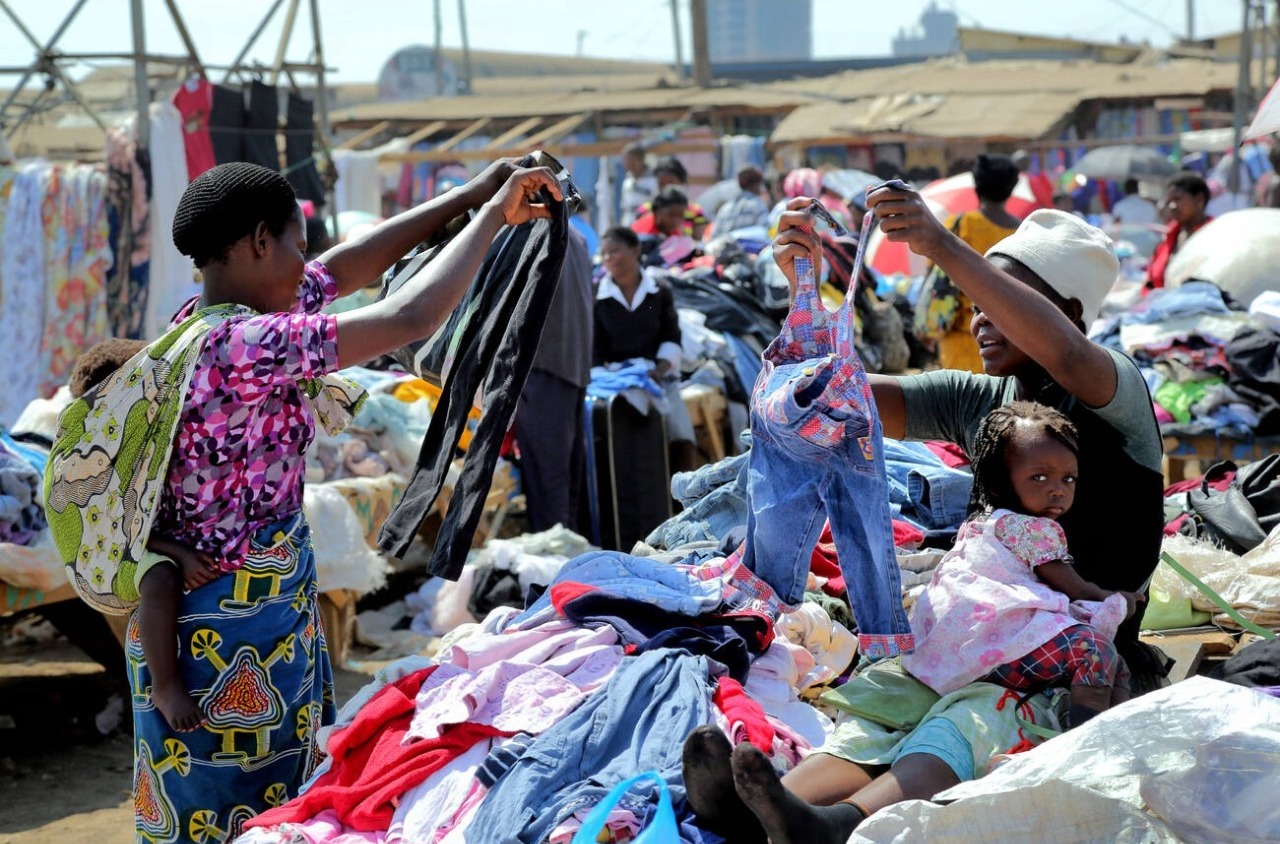For many years, the fashion industry has been notorious for having a negative impact on the environment, which in turn affects us all.
Fast fashion – clothes made cheaply and quickly to meet demands for hot new styles or trends – has been among the biggest culprit of polluting the environment.

The production and distribution of the crops, fibres, and garments used in fashion all contribute to environmental pollution, including water, air and soil pollution. Not to mention, many workers producing fast fashion items work under slave-like conditions.
There are ways, however, to be fashionable and ethical. In order to be conscious consumers, we need to practise sustainable fashion.
The goal of sustainable fashion is to create flourishing ecosystems and communities through its activity by increasing the value of local production and products, prolonging the life cycle of materials, reducing the amount of waste and reducing the harm to the environment as a result of production and consumption.

Taking into account our environment, culture and the economy of Zambia, it’s important to note that the extent to which we can practise sustainable fashion might differ from developed countries. However, there are ways that we can all still be conscious consumers.
Here are a few ways below:
- Purchase good quality and timeless clothing
Sure, high quality clothing will cost more, but higher quality items will last years and years and ultimately is cheaper than buying multiple low quality items. Buying long lasting, high quality clothing works out cheaper in the long run. Good quality clothing never runs out of style especially if you are fashion forward!
Zambia has some talented designers and design houses, such as Kombe Collection, that produce quality clothing that will last. Purchasing from local designers is a double win, you’ re promoting local fashion and buying good quality clothing that will be sure to last years to come.

2. Avoid following every trend
Fast fashion focuses primarily on cheap, accessible and on trend clothing. With fast fashion, as the clothes are cheap, you will be tempted to purchase very often. Also, it is important to note that certain fashion trends don’t suit everyone, harsh, but true. Besides, why would you like to look like everyone else? Everything deemed trendy was mass produced — which is terrible for our environment and doesn’t make you stand out anyway.
So instead of purchasing each and every trend, work on having your own unique and personal style.

3. Learn simple hand stitching
Many of us tend to throw away clothes simply because they are torn, have lost a button or need a new zip and frankly speaking taking clothes to the tailor for mending seems like too much effort, especially if the garment is not badly damaged. So we end up keeping the clothes in our closets for years, collecting dust, or worse still, throwing them away.
Learning basic hand stitching should be a skill we should all have if we want to be mindful consumers of fashion. That way, we can still put our clothes to good use. You can also find yourself a reliable tailor who can fix the items you can’t.
4. Buy Less and be creative with your clothes
Wearing the same clothes the same way can be a bore. This is why we’re sometimes guilty of buying more than we need. Instead of buying new clothes all the time, try and be more creative with your outfits, challenge yourself to recreate new looks from your already existing wardrobe. Mix and match your clothes in new ways. You can even redesign your outfits! That long dress that you are over? Revamp it by turning it into a skirt and top.
This way you will find that you buy less clothing, which ultimately means less waste and less harm to the environment.
5. Clothing Swaps
Have a day with one of your girlfriends or guy friends and swap clothes. You can host clothes swapping parties to make it more fun. This is a great way to ensure clothes are not being wasted and are actually being worn instead of piling up your wardrobe with clothes you no longer have the desire to wear again. There’s that dress you’ve been eyeing from your friend’s closet, and she wants your jumpsuit that you’ve not worn in ages, a clothing swap is ideal.
Clothes swaps are not only good to refill one’s wardrobe but are also an easy act of environmentalism.
6. Salaula
One way of practising sustainable fashion is by thrifting. Buying salaula (second hand clothes) can work to minimise our own carbon footprints. It’s good for the environment and pocket too! So thrift more!
Markets are popular places to thrift and among the mounds of clothes you’ll likely find some great items at a bargain price. Second hand shops like DAPP can still work as they offer a less hectic environment than market places. If you live in Lusaka and are a lazy thrifter take advantage of the thrift market that is held every last Saturday of every month at Foxdale Court. This is a great initiative founded by Marian Chileshe (aka Quirky Indeed), a Zambian fashion blogger who is passionate about sustainable fashion. If you are looking for convenience and looking to practise sustainable fashion while being kind to your pocket, then go to the Thrift Market.
All in all, to practise sustainable fashion, we have to reconsider how, where and when we spend our money. We also have to actively take care of our clothing and follow the ‘reduce, reuse, recycle’ method. Following these steps there will be fewer materials in landfills, less pollution and fewer resources used and the bonus is we get to save money and look good at the same time.








